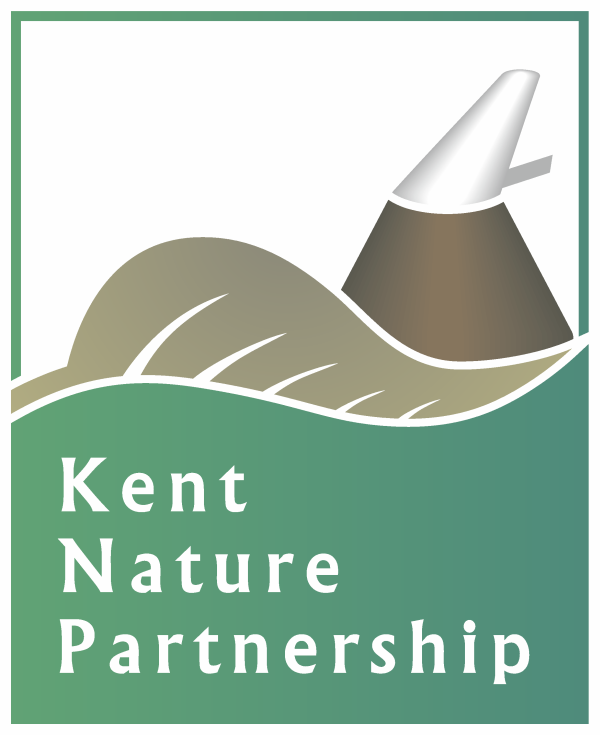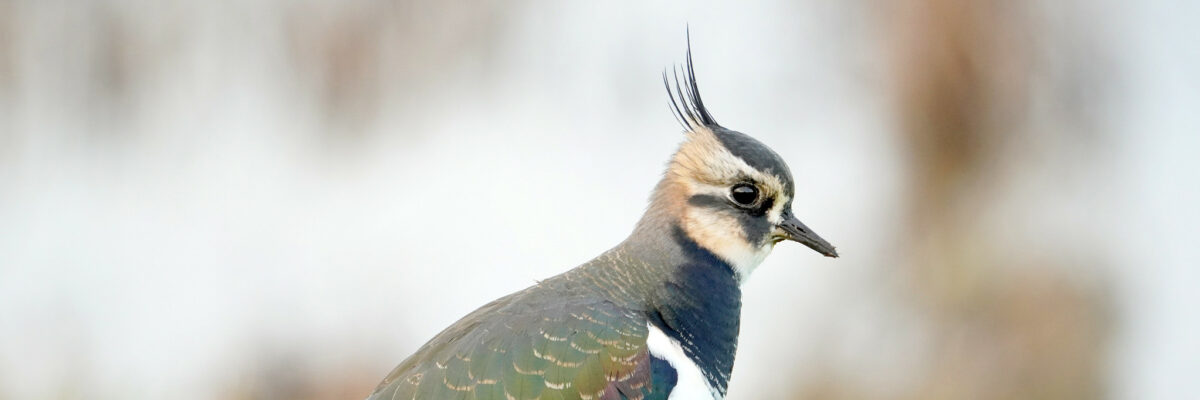Kent & Medway Local Nature Recovery Strategy (LNRS)
The Kent & Medway Local Nature Recovery Strategy was published and launched in November 2025. Under the Environment Act 2021 this is now the 18th of 48 of Strategies to be produced across England.
The Strategy can be found at www.naturerecoverykent.org.uk
Kent County Council were appointed by Defra as the responsible authority to coordinate the work in 2023 and throughout 2024 over 1000 people engaged face to face in workshops to pull together the priorities and measures for the Strategy.
Now, following, a public consultation and project work across 2025, a Strategy fit to meet the challenges our natural environment is facing, is available for all to use. The Strategy agrees the priorities for nature recovery and through a mapping portal, proposes actions in locations where a particular contribution could be made to achieving those priorities.

